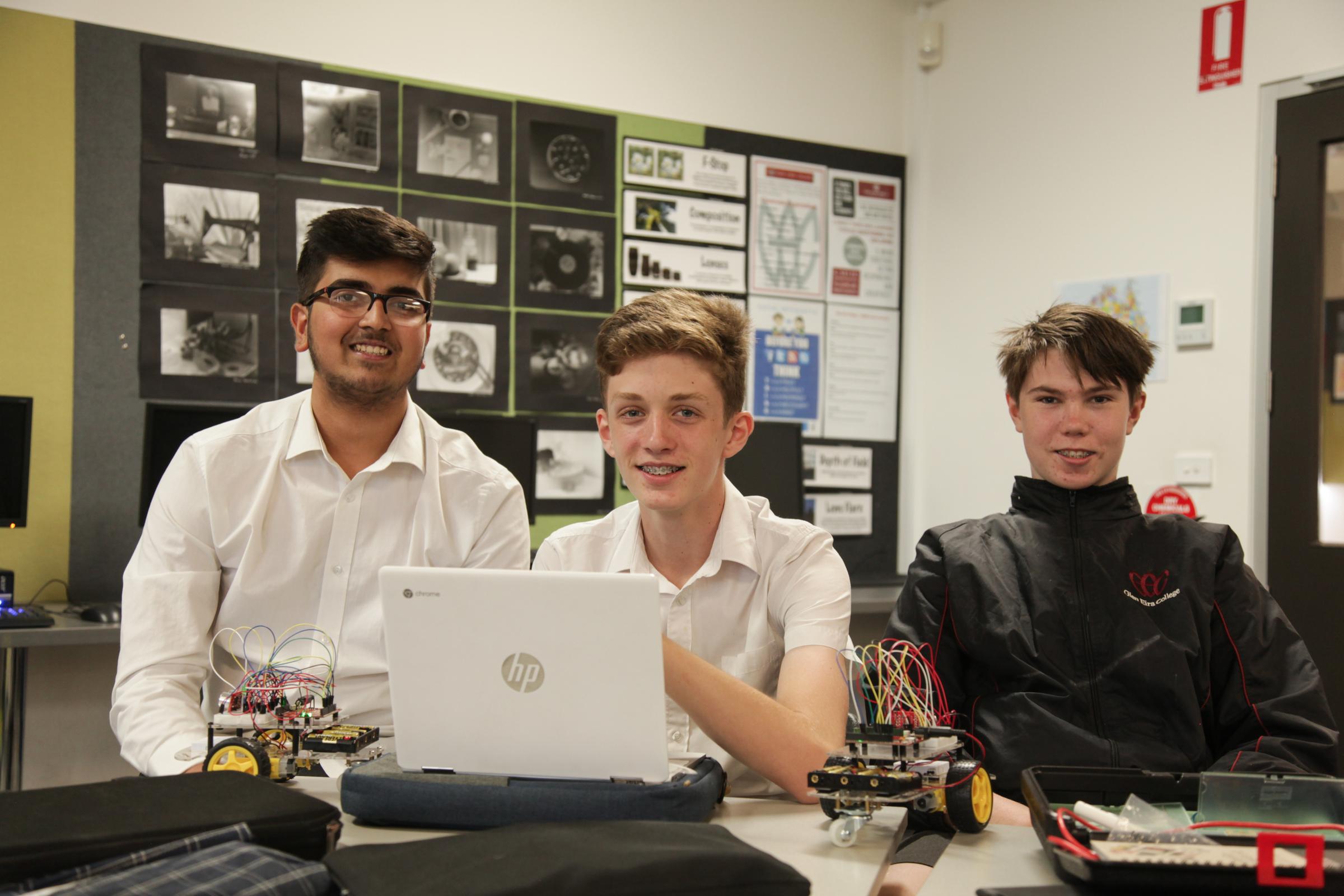Careers Corner

Year 7, 8 & 9 - Monash Tech School Modules
We have had groups of students in Years 7, 8 and 9 complete STEM related modules through a pilot program run by Monash Tech School for our students. The modules have been an opportunity for students to learn more about careers of the future, which have included modules such as: Aerospace Engineer, Biomimicry Innovator, De-Extinction Geneticist and Cyborg Psychologist just to name a few.
The students participating in these modules have been really engaged in the program and there has been some great discussions happening within the classes.
Year 10
A reminder that our Year 10 Work Experience program will be running from 17th – 21st October 2022. Please encourage your Year 10 students to start exploring what they want to do for work experience during this week, as a lot of the more popular placements do fill up very quickly.
If anyone within the school community knows of an organisation that would be willing to take on Year 10 students who are passionate and excited about participating in work experience this year, please feel free to call me at the school, or alternatively you can email me at heather.palm@education.vic.gov.au
Year 11 & 12
All Year 11 and 12 students will be attending the VCE and Careers Expo at Caulfield Racecourse on Friday 29th April as part of a VCE excursion. Students will have the opportunity to attend seminars related to their VCE studies, as well as future careers. Students will also have the opportunity to speak with a number of exhibitors such as Victorian and interstate universities, TAFE and private institutes and many employers. It is a great opportunity for everyone to learn more about what careers are out there and what courses and pathways they may need.
Careers in Focus
ARCHITECT
Average weekly salary: $1,674
Education/Training: An undergraduate of Bachelor of Architecture or Architectural Design, and/or a postgraduate qualification in Master of Architecture
Subject prerequisite/assumed knowledge: Generally only English is a required prerequisite for entry into these university courses, although knowledge in Maths and some form of design related subject is beneficial.
Architects plan and design buildings, they use creativity and practical understanding of structures and materials to develop concepts, plans, specifications, and detailed drawings. Architects will also negotiate with builders and advise on the procurement of buildings, as well as inspect work that has been carried out.
Tasks include:
- Meeting with clients or builders to discuss their requirements and prepare a design brief
- Obtaining advice from clients and management to determine type, style and size of planned buildings and alterations to existing buildings
- Preparing sketches, production drawings and detailed drawings by hand or using CAD software
- Combining structural, mechanical, and artistic elements into a buildings design
- Discussing designs and cost estimates with clients and others involved in the project
- Inspecting construction work in progress to ensure compliance with plans, specifications, and quality standards
Personal attributes:
- Aptitude for design
- Creativity
- Able to analyse problems logically
- Good communication skills
- Strong writing and drawing skills
- Great decision-making abilities
Related Careers/Specialisations: Civil Engineer, Interior Designer, Landscape Architect, Industrial Designer
Resources: Labour Market Insights, The Good Careers Guide, JobOutlook
Jobs of the future
VIRTUAL AND AUGMENTED REALITY EXPERIENCE CREATOR
The virtual and augmented reality experience creator specialises in designing digital experiences that are used for tourism, games and entertainment, marketing, and healthcare purposes.
Virtual reality experience creators build entirely immersive simulations of real or imagined places, including multi-sensory tourism experiences anywhere on earth or beyond, or immersive movies and games.
Augmented reality experience creators build interactive overlays over the real world, to add to what is there. It is used in numerous places, such as to create retail pop-up stores, virtual changing rooms (where you can try on clothes without getting undressed), interactive museum exhibits, visualisations of tumours in surgery, and virtual navigation beacons for travel.
Virtual and augmented reality experience creators need to have strong visual communication skills. They need to have coding skills and be able to use VR/AR engines. They will be familiar with principles of user interface and user experience design and be comfortable with 360-degree cinematography. Depending on the focus of their work, they will need to collaborate with games designers, film script writers, marketing specialists, medical professionals, and museum curators (amongst others).
What are the jobs of the future? 100 Jobs of the Future
Heather Palm
Careers and Pathways Coordinator
